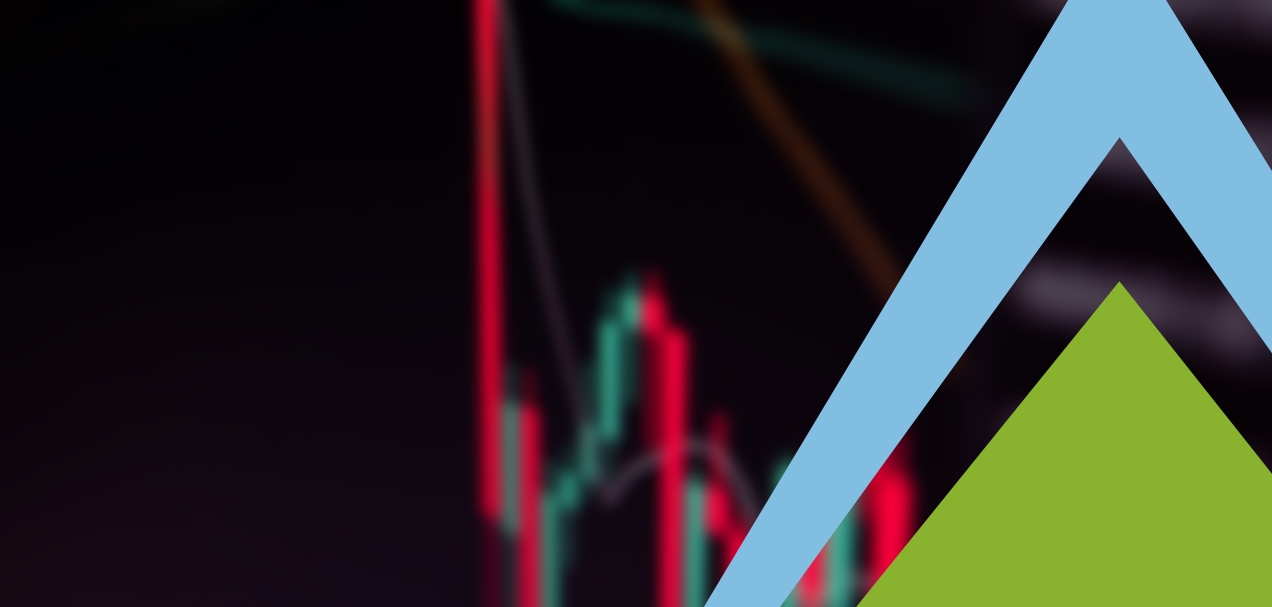A looming economic recession in 2023 is dampening the holiday spirit for most as prices continue to climb alongside rising interest rates. While some look to positive indicators of the economy, such as the low unemployment rate, an increasingly large amount of people think that the economy is headed in the opposite direction due to the amount of debt Americans have. Faced with rising costs for necessities, more consumers are relying on credit cards to get by, which has helped propel total credit card debt to an astounding $930 billion in Q3, just shy of the all-time record according to the Federal Reserve Bank of New York. Overall, credit card balances jumped 15% in the third quarter of 2022, the largest year-over-year increase in more than 20 years. High balances are only the tip of the iceberg; as the Federal Reserve raises its target federal funds rate, credit card annual percentages are climbing as well, driving more Americans even deeper into debt.
Since most credit cards have a variable interest rate (unlike some other types of lending such as mortgages or car loans that typically include a fixed rate), they are directly connected to the Fed’s benchmark. With each increase rate hike by the Federal Reserve, credit card rates follow closely behind, and the Fed has already raised rates by 375 basis points since March 2022. In December, the average credit card interest rate is the highest it been since the Fed started tracking in 1994. In the third quarter of 2022, the average annual percentage rate (APR) of all credit cards was 16.27%, but those who are carrying a balance and paying that interest are seeing an average APR of 18.43%. Even higher are the APR rates on retail credit cards, which have risen as high as 26-30%. Matt Schulz, chief credit analyst at LendingTree, commented to CNBC that for retail credit cards there has been a long unwritten rule among issuers not to go over 30% APR, likely for fear of scaring potential customers away, but given how quickly the Fed has raised rates and how often, that ceiling is finally beginning to crack. For someone who carried a balance of $1,000 on a credit card with a 30%+ APR and made only the minimum payments, they would be in debt for 51 months and pay $775 just in interest, he said.
Consumers are not only struggling with overall debt levels but also with how long it will take them to pay that debt off, contributing to a negative outlook on the coming year. According to a CNBC All-American Economic Survey of 801 Americans throughout the nation conducted November 26-30, 65% of respondents believe that we are in or will soon be in a recession, and 44% think the economy will get worse in the next 12 months, the fourth-highest reading in the survey’s 15-year history.
US consumer sentiment is not alone in that thinking as Wall Street banks from Morgan Stanley and Bank of America to Deutsche Bank are warning that the US is headed for a recession in 2023, with Goldman Sachs CEO, David Solomon, seeing just a 35% chance that the US economy avoids a recession. Banks are forecasting the year-ahead to be a period of greater macroeconomic volatility, reporting that US stocks could plunge by more than 20% due to an economic downturn and liquidity risks fueled by the Federal Reserve’s interest-rate increases. BlackRock, the world’s largest asset manager, elaborates in detail in their 2023 Global Outlook, predicting that a new regime will unfold in 2023, one shaped by supply, brutal trade-offs, increased unpredictability and the declining ability for policymakers to support markets as they have in previous recessions.


